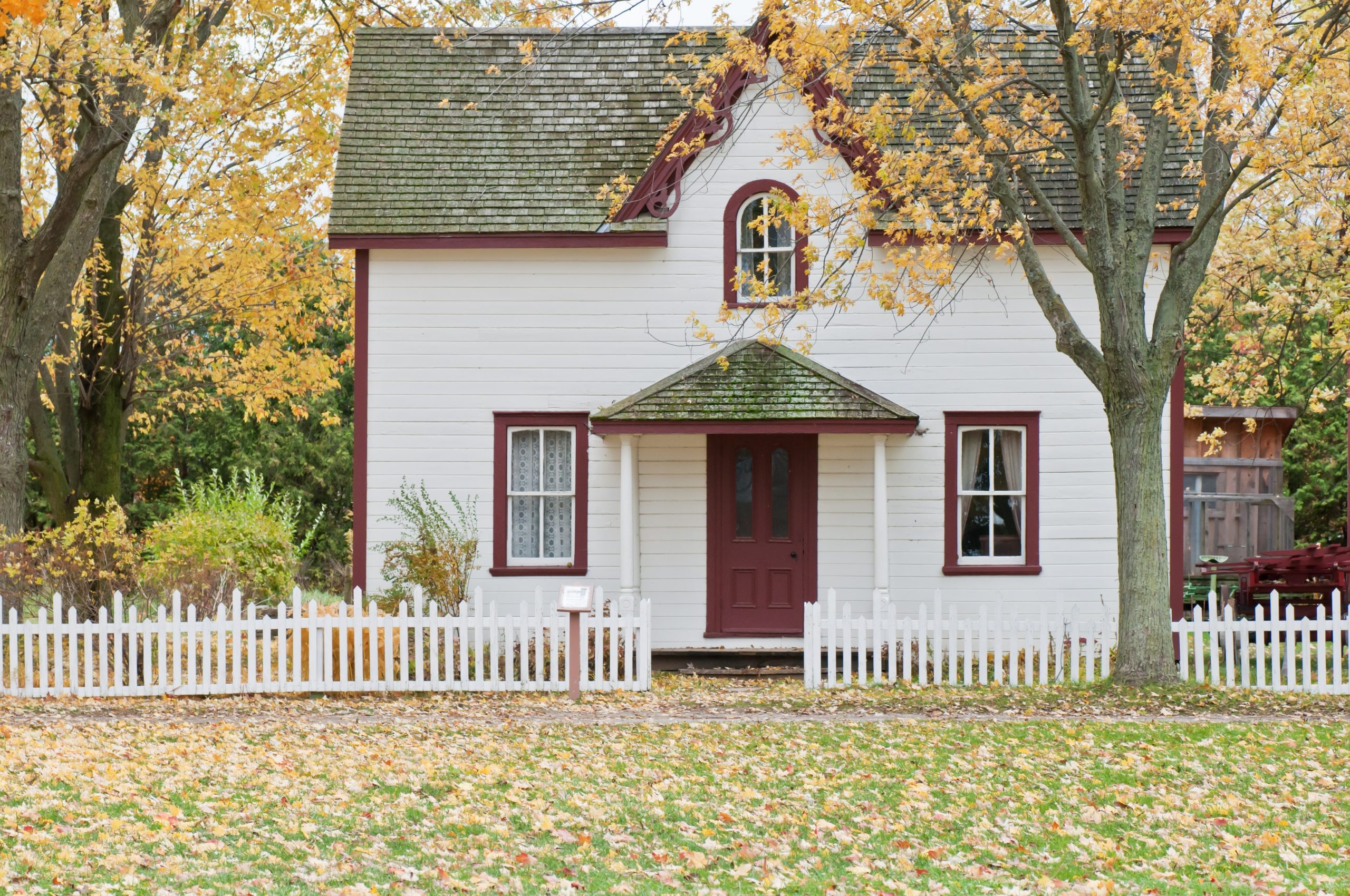Could ADUs unlock affordability in Austin and beyond?

Fortune recently syndicated an article from The Conversation about Accessory Dwelling Units (ADU) co-authored by Jeff Kruth and Murali Paranandi, both professors of architecture at Miami University. The article brings up important points about affordability and the potential solutions ADUs can bring.
Since affordable housing is at the heart of what we do at Civilitude, we gathered insights from president Nhat Ho.
On the impact ADUs can have nationally
“I personally don’t think ADU’s are a great solution at large scale because it doesn’t offer the diverse housing choices that cities like Austin need. It’s an important tool, but not the only one that needs to be utilized to ameliorate the affordability crisis across the country.” Says Nhat.
He goes on to explain that ADUs have not been able to find success in Austin, for example, because in addition to policy barriers, there are various engineering barriers to building ADUs. There are many different elements required for ADUs as the codes exist today, namely parking requirements and utility management.
There are various policy angles being explored that can change how and if ADUs can be built alongside single family homes. Some folks advocate for abolishing single family zoning entirely, which would give way to more multi-family buildings. One step below that is utilizing form-based code rather than land-use code. Form-based code focuses on the form of the buildings, which asks how the buildings interact with each other and the community. Form-based code often promotes walkable communities, as opposed to land-use code which denotes what kind of buildings and structures can and cannot be built on certain pieces of land. Form-based code would allow for more quad- and eight-plexes to be built, alleviating that “missing middle” of affordable housing.
“At the end of the day, the issue needs to be addressed from both ends. By minimizing engineering barriers to reduce cost overall and keeping eyes on areas that can become clusters of affordable housing, we can focus our efforts on the constituents most in need.”
On how ADUs can benefit Austin
Nhat says that there is progress being made though. “The reason the ADU tool has not taken off in Austin is less about entitlement because not all ADUs have been built where they are allowed. The big part of the reason is due to the cost of various elements required for the ADU. There are some positive changes though.”
Austin Water’s details for new water services should be adequate enough to serve an ADU on the majority of single family lots, Austin Water would just have to drop in new water meters. Similarly, Austin Energy can serve an ADU relatively easily if already serving the main home. Permits just need to be streamlined for the ADU. The City of Austin is also on track to remove city-wide minimum parking requirements by the end of the year, so there could be one less barrier to construction unless parking is desired by the resident.
If the utility companies can reduce the cost to hook up utilities and the city removes parking and driveway requirements, that could represent a significant reduction in horizontal construction cost. For vertical construction, we can see the market heading toward pre-manufactured dwelling units, such as ICON and their $99k building challenge.
ADUs could be a part of the overall solution to addressing the affordability crisis in Austin and other major cities across the United States. However, they should not be the only solution. Decision-makers should look at the issue holistically from a city code and an engineering perspective to ameliorate this crisis that is happening in nearly every major city.

